According to SCMP , the mobile communications industry typically follows a 10-year cycle. The transition from 4G to 5G has transformed the mobile internet experience, and the industry is anticipating the commercial adoption of the next generation, 6G.
During this waiting period, 5.5G technology, also known as 5G-Advanced, is developing in China. In 2021, the 3GPP, the international standards organization responsible for issuing specifications, established technical standards for this technology.
Song Xiaodi, Marketing Director of Huawei Carrier Business Group, said: “The update, named Release 18, outlines the technological development directions for 5.5G, which is expected to be finalized by 3GPP in the first half of 2024. This development indicates that global vendors will adapt their products to the new standards, and 2024 is expected to be the first year of commercial 5.5G deployment.”

China has rapidly developed 5G and is now preparing to enter the 5.5G phase. (Photo: SCMP)
5G technology is currently developing very rapidly. To date, more than 260 5G networks have been deployed worldwide , covering nearly half of the global population.
In this context, China has emerged as a global leader in both 5G deployment and commercial development. The country has established over 3 million 5G base stations and provides 5G services to 750 million mobile users and more than 17,000 factories.
In preparation for the 5.5G era, Chinese businesses are aiming to re-establish their leadership in construction speed. Major telecommunications companies such as Huawei and China Unicom are rapidly deploying these technical standards to improve network speeds, facilitating the construction of smart factories and industrial upgrades.
5.5G optimizes the advantages of 5G.
China's leadership in 5G technology has resulted in numerous practical and useful applications across various industrial sectors.
For example, 5G networks have enabled the remote control of robots in hazardous environments, such as operating deep wells or mining vehicles, significantly improving operational safety. High network quality enhances operator control and allows for real-time feedback on on-site conditions.
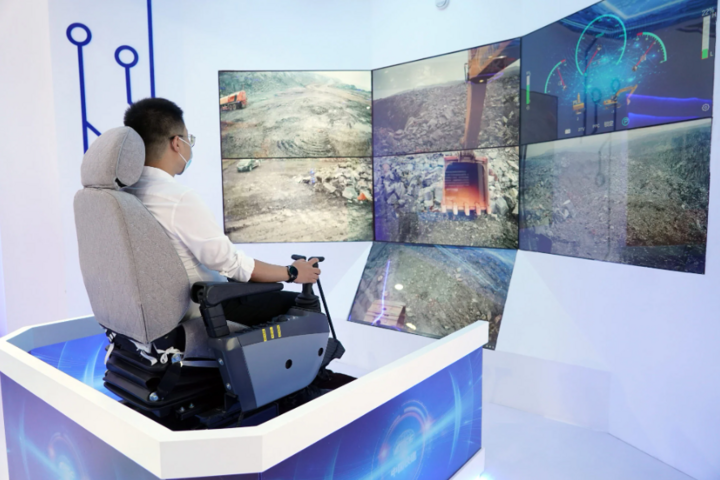
5G technology is being used to perform dangerous work remotely. (Photo: Xinhua)
Another notable example is the port of Qingdao in northern China, which boasts the first fully automated loading and unloading line in Asia, setting a world record for container handling efficiency thanks to its millisecond-level data refresh capability provided by 5G networks.
China Telecom and fuel injection system supplier Nanyuediankong (NYDK) have also built a 5G smart factory. Here, robots connected to 5G signals can accurately perform tasks such as supplying, processing, and transporting fuel. The efficiency achieved is remarkable, with the robots capable of performing 90 trips per day.
With 5.5G technology, these applications will be further improved. Traditional 5G focuses on three factors: bandwidth, latency, and the number of connected users, but not all three need to be optimized simultaneously. With dynamic spectrum allocation, 5.5G allows new base stations to proactively distribute traffic, optimizing network resources for each factor and significantly enhancing the user experience.
This was demonstrated at the Hangzhou Asian Games last September, when the logistics vehicles in the athletes' village used new lithium-ion power and passive IoT technology supported by 5.5G to ensure safety.
Previously, manual temperature checks and reporting were necessary to ensure the safety of electric vehicle batteries, but with 5.5G, a small card module installed on the vehicle connects to a base station more than 200m away without needing a power source, achieving 99% accuracy in improving safety and operational efficiency.
10 times wider bandwidth
According to IDC analyst Cui Kai, who specializes in 5G and the Internet of Things (IoT), mobile user bandwidth is expected to increase from 1Gbps to 10Gbps with 5.5G, and latency will be significantly reduced. Simultaneously, advancements in IoT technology, including spectrum optimization and other technologies, will help deliver high reliability and low latency to industrial production lines.
Sharing the same view, expert Song from Huawei Carrier Business also believes that advancements in 5G-based IoT technology have progressed with the advent of 5.5G networks.
Industrial production delays in the 5G era may be clearly noticeable in 5.5G, particularly in high-end core manufacturing processes requiring rapid response times, such as machining automotive parts.
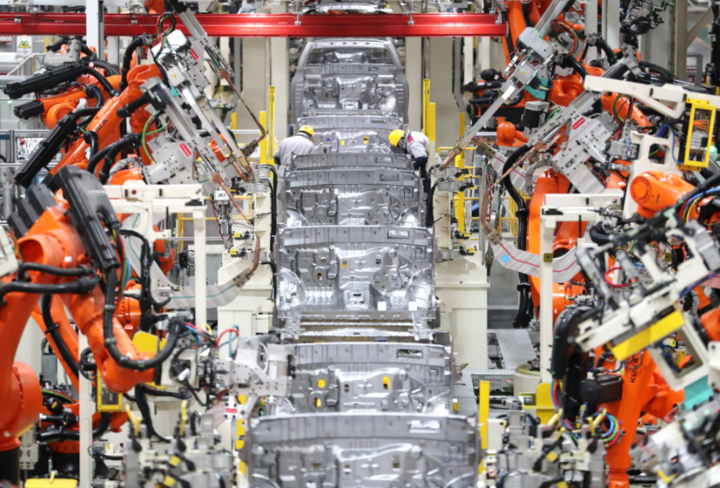
Automated welding robots are used in the production line of an automobile factory in Qingdao, China. (Photo: SCMP)
China Unicom and Huawei have partnered with EA Automation, a leading automotive parts manufacturer in China, to pilot 5.5G industrial applications.
The parties tested the prototype network on an automotive welding line, marking the first application of 5.5G in core industrial control links and verifying the engineering of a fully wireless flexible manufacturing system.
Traditional industrial control relies heavily on wired networks to operate equipment. However, the movement and rotation of robotic arms in these systems can wear down cables, causing significant downtime. The advent of 5.5G technology promises to fundamentally address this problem.
Wu Hequan, a scholar at the Chinese Academy of Engineering and chairman of the China Internet Association, said: “With 5.5G, China is now not only catching up but also leading in technology at the application level.”
However, while the widespread application of 5.5G in B2B (Business-to-Business) contexts such as smart factories and mines is becoming common, consumer applications remain sparse.
Cui Kai pointed out that 5.5G networks are lacking compelling applications and the average per capita economic conversion rate is not high.
Hua Yu (Source: SCMP)
Source





![[Photo] Prime Minister Pham Minh Chinh holds a phone call with the CEO of Russia's Rosatom Corporation.](/_next/image?url=https%3A%2F%2Fvphoto.vietnam.vn%2Fthumb%2F1200x675%2Fvietnam%2Fresource%2FIMAGE%2F2025%2F12%2F11%2F1765464552365_dsc-5295-jpg.webp&w=3840&q=75)





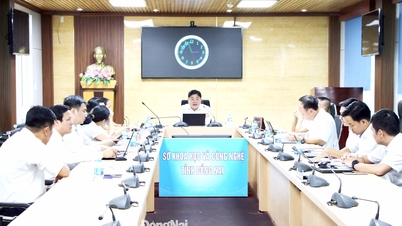






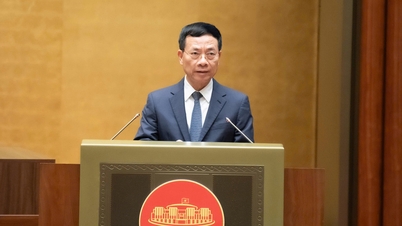





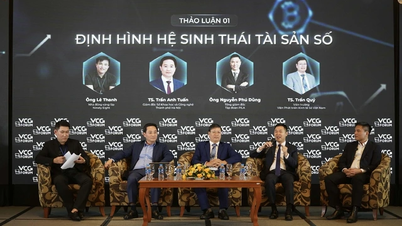














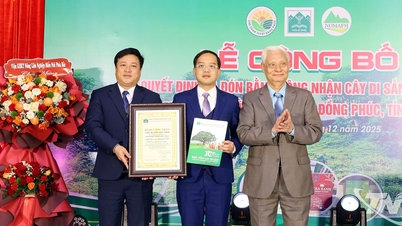








































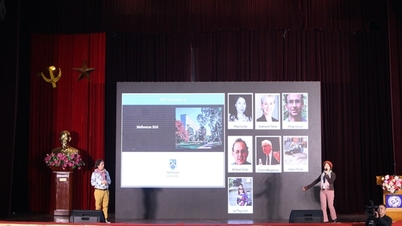





























Comment (0)